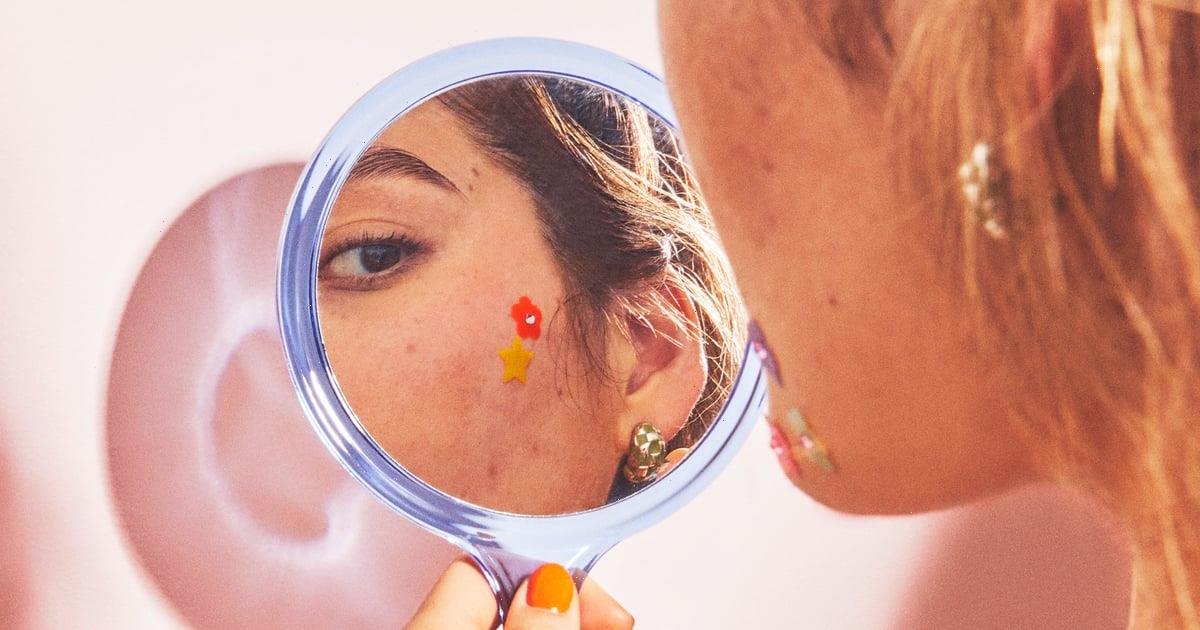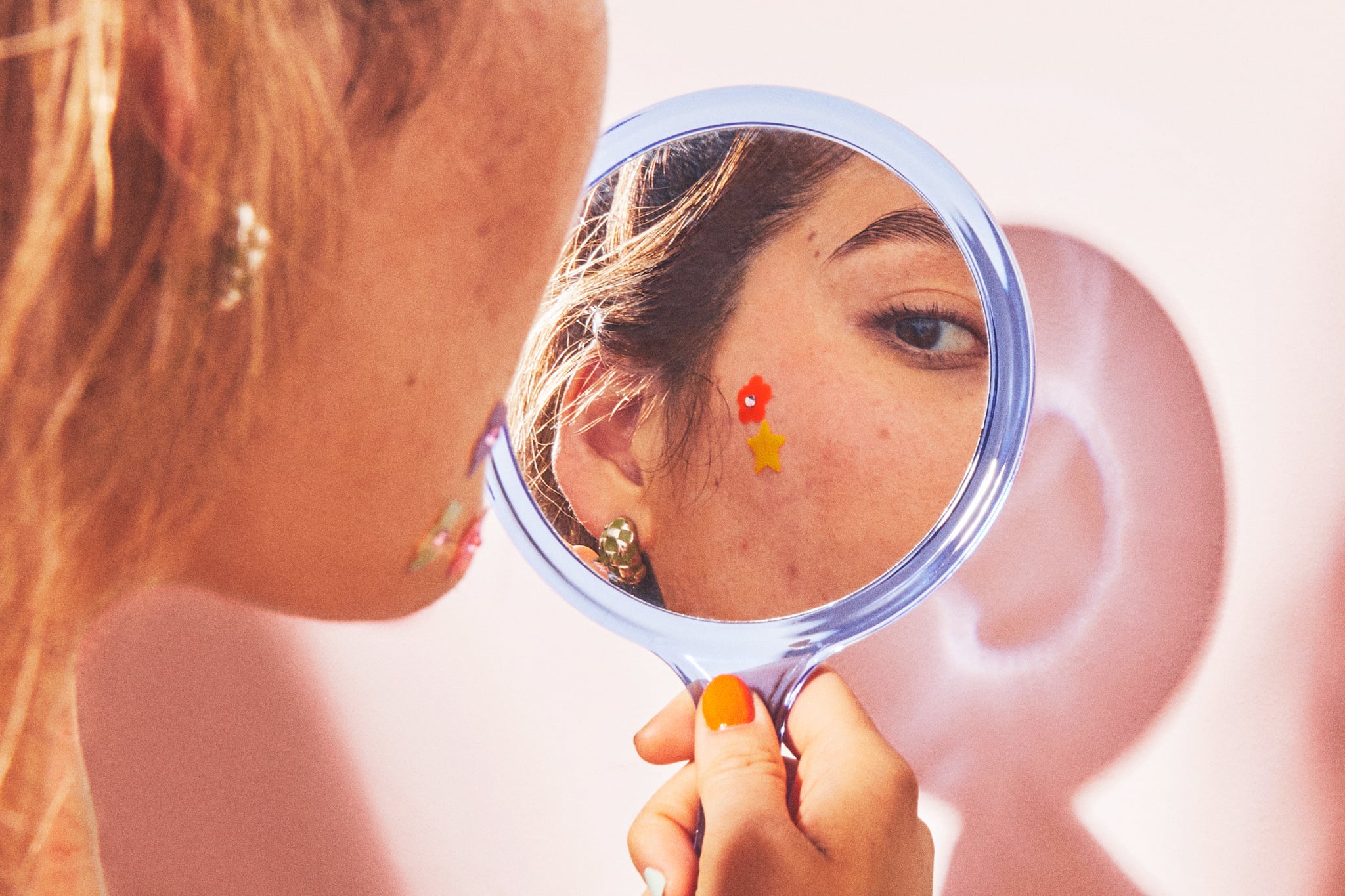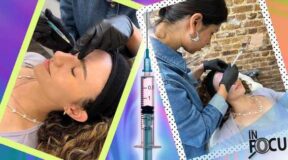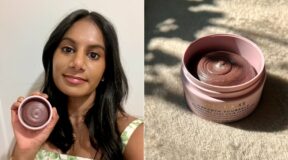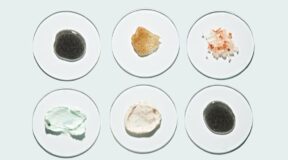- Tretinoin is a retinoid acid used to treat acne, as well as improve skin texture and reduce fine lines.
- The product is only available by prescription from a doctor.
- Below, we break down everything you need to know about Tretinoin.
When I hit my mid-20s, I really started to experience acne more regularly. Although I had no issues in high school or college, once I turned 25, it seemed like my breakouts were never-ending. It took me a while to get a handle on my skin and learn how best to treat it, but eventually I started taking Spironolactone, an acne medication for women, and finally mastered a beauty routine that worked for me.
For a while, that was enough to alleviate my acne entirely. However, about two years ago, I started noticing an increase in flare-ups and breakouts. I was reluctant to up the dosage on my acne medication, so my dermatologist suggested adding Tretinoin into my skin-care routine. If you’re curious about the prescription-only treatment, we’re breaking down everything you need to know.
What is Tretinoin?
Tretinoin is a vitamin A derivative, which means it falls under the retinoid category of ingredients, that “helps regulate the skin protein called keratin,” Ellen Murmur, MD, board-certified dermatologist and founder of MMSkincare, tells POPSUGAR. It is sold as a prescription topical cream or gel to treat acne, hyperpigmentation, and many other skin concerns.
“Decades of studies show that it’s generally considered the safest and most effective retinoid to help improve the effects of ultraviolet light-induced collagen breakdown, degeneration of elastic fibers, and inflammation,” says Whitney Tolpinrud, MD, FAAD, board-certified dermatologist and associate medical director of Agency. “It’s also considered to be one of the best ingredients to treat and help prevent fine lines, wrinkles, dark spots, and acne.”
The treatment is sold under many different names, such as Retin-A, Tretin-X, Altreno, and Altralin, and your dermatologist will typically determine which specific one is best for your particular skin type.
What Are the Benefits of Tretinoin?
Put simply: “Tretinoin speeds up cell turnover to rid dead and damaged cells more quickly,” says Dr. Tolpinrud. “By speeding up the turnover process, Tretinoin encourages new, fresh skin cells and gives them the support they need by stimulating the production of the protein collagen. Collagen helps give skin firmness and structure, but it deteriorates with age and UV exposure. Tretinoin boosts the production of new collagen and helps improve skin firmness.”
Because Tretinoin chemically exfoliates the top layers of skin, it can help even out texture, reduce the appearance of acne scarring, unclog pores, and calm inflammation caused by acne.
Tretinoin Cream vs Tretinoin Gel: Which is Better?
When it comes to choosing between the gel or the cream, the differences are slight but important and depend entirely on your individual skin type. Tretinoin in gel form has a thinner consistency and typically absorbs faster into the skin, which tends to make it more potent (read: potentially irritating). Tretinoin in cream form is thicker in consistency, doesn’t absorb as quickly, but tends to be more easily tolerated across skin types. Tretinoin gel comes in 0.01% and 0.025% strengths, while Tretinoin cream comes in 0.025%, 0.05%, and 0.1% strengths.
The best way to figure out which Tretinoin formula is best for you is by asking your dermatologist. While the ingredient is suitable for most people, it’s most effective for those with acne-prone skin or mature skin. If you have extremely sensitive skin, eczema or rosacea, or if you may become pregnant, make sure to consult your doctor prior to starting treatment.
What Are Common Side Effects of Using Tretinoin?
“Redness, hyperpigmentation, extreme sun sensitivity, flaking, excessive dryness, itching, discomfort, stinging–are all side effects to Tretinoin,” says Dr. Marmur.
Through my own personal use of Tretinoin, I’ve found that I am more sensitive to the sun, especially when it comes to my lips. Although I don’t apply Tretinoin directly to my lips, my dermatologist explained that it could migrate during the night just from me moving around in bed. Because of this, I make sure to apply Aquaphor or a lip balm to my lips prior to applying Tretinoin to lessen the chances of the Tretinoin ending up on my lips.
Those using Tretinoin should always make sure to protect their skin from the sun at all times.
How to Use Tretinoin in Your Skin-Care Routine
When first starting Tretinoin, it’s important to go slow — only using it a few times a week and then building up from there, depending on how well your skin tolerates it. When I started using Tretinoin, for example, my dermatologist recommended I begin by using it every other night before bed. Ask your dermatologist what cadence they think would work best for your skin prior to starting treatment.
Tretinoin can be used as a spot treatment for acne, but I prefer applying it over my entire face. The product should be applied once per day to dry skin, preferably at night. (Dr. Tolpinrud suggests using iit “right before bedtime” to get the most benefit from your treatment.) Squeeze a pea-sized amount onto fingertips and slowly apply a thin layer over the entire face.
“To help minimize irritation, I often suggest applying moisturizer before applying tretinoin or mixing tretinoin with moisturizer before applying it to the face and neck,” says Dr. Tolpinrud. I personally have found that I see the best results when using Tretinoin on its own and not layering a moisturizer on top; however, if you have very dry skin, applying moisturizer post-treatment can help alleviate dryness or flakes. No matter your preference, it’s important to make sure your face is completely dry and clear of any other product before applying Tretinoin.
How Long Will It Take to See Results From Tretinoin?
It took me about three weeks of consistent use to see a difference in my skin, but doctors say it can take anywhere from two to six weeks to see a noticeable changes. Since using Tretinoin, I’ve noticed a vast reduction in breakouts, as well as a big improvement in the texture of my skin. It is noticeably smoother and softer, and I rarely have issues with acne. If you’re interested in trying Tretinoin yourself, be sure to reach out to your dermatologist for a consult.
Source: Read Full Article
